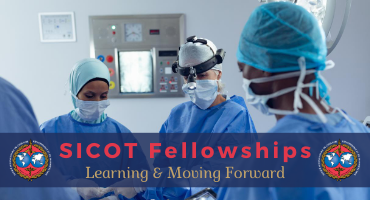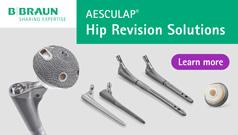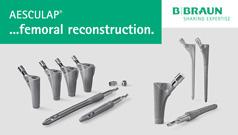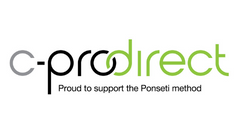Int Orthop. 2025 Aug 18. doi: 10.1007/s00264-025-06638-6. Online ahead of print.
ABSTRACT
BACKGROUND: Computer-assisted navigation in total knee arthroplasty (TKA) was developed to enhance implant positioning accuracy and optimize mechanical alignment. However, its impact on clinical outcomes remains controversial. This study aimed to evaluate the influence of navigation on functional and radiological outcomes, safety, and patient-reported quality of life at mid-term follow-up.
METHODS: We conducted a retrospective single-center study including 190 patients who underwent primary TKA between 2015 and 2018, with a mean follow-up of 5.8 years. Ninety-five patients were operated on using optical computer navigation, while 95 underwent conventional instrumentation (sequential allocation). All surgeries were performed by the same two senior surgeons using mechanical alignment in both groups. Outcomes included the Hospital for Special Surgery (HSS) knee score, EQ-5D, SF-12, patient satisfaction, and radiographic alignment. Both univariate and multivariate analyses were performed using SPSS (v28.0/v29.0).
RESULTS: Patients in the navigated group achieved significantly greater improvement in HSS knee scores (mean increase 41.9 vs. 34.9 points; p = 0.043) and a higher proportion of clinically meaningful functional improvement (> 35-point HSS increase: 63.2% vs. 40.0%; p = 0.019) compared to the conventional group. Postoperative knee flexion was also better in the navigated group (118° vs. 113°; p = 0.048). No significant differences were observed in pain improvement (VAS), EQ-5D quality-of-life gain, or complication rates between groups. Navigation significantly reduced the number of outliers in component alignment (6.3% vs. 13.7% outside ± 3° from neutral), although this did not reach statistical significance (p = 0.068). On multivariate analysis, use of navigation was an independent predictor of superior functional improvement (odds ratio 2.65, 95% CI 1.38-5.12; p = 0.003), whereas other factors (age, sex, body mass index, diabetes, baseline HSS) were not significant.
CONCLUSIONS: Computer-assisted navigation in TKA was associated with greater mid-term functional improvement and improved prosthetic alignment, without increasing operative time or complications. Its implementation may be especially beneficial for enhancing stability and precision in mechanically aligned TKA. These findings should be interpreted with caution due to the retrospective design and mid-term follow-up duration.
LEVEL OF EVIDENCE: Level III (retrospective comparative study).
PMID:40820163 | DOI:10.1007/s00264-025-06638-6

















